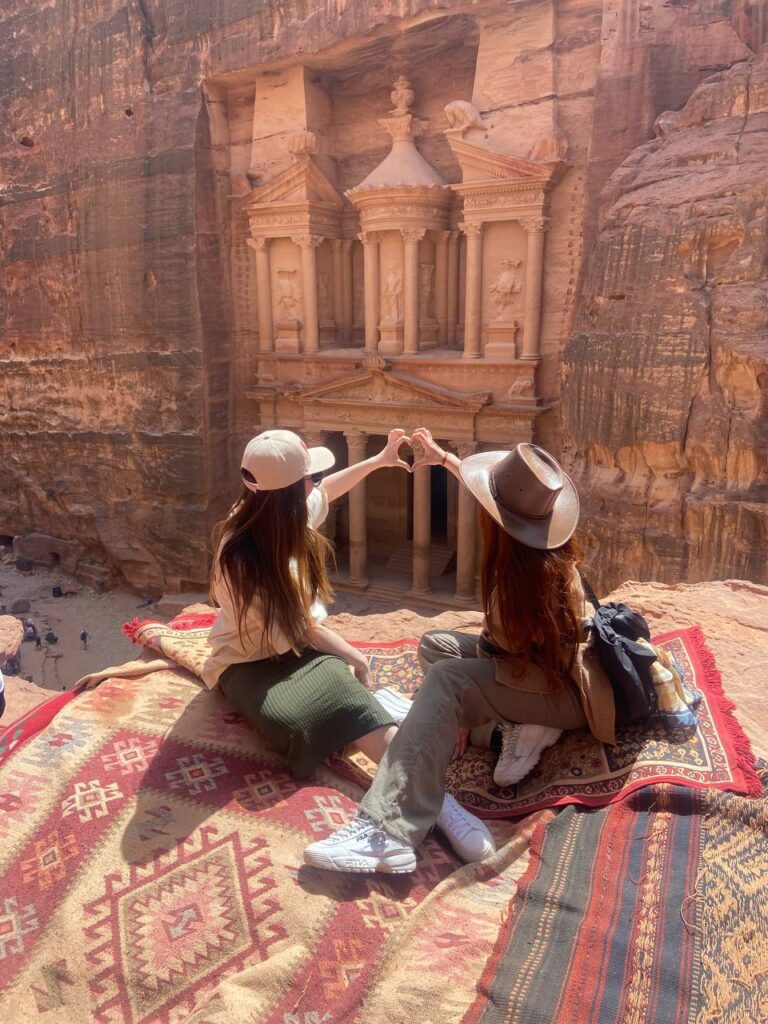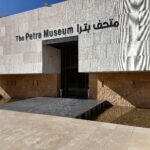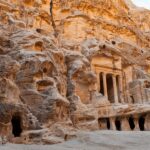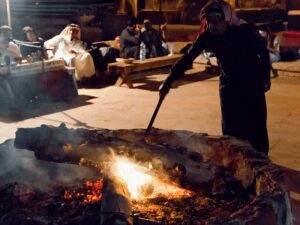Petra is one of the most famous historical sites in the world. It is hidden in the rocky mountains of southern Jordan and was built by the Nabataeans over 2,000 years ago. Known as the “Rose-Red City” because of the color of its stones, Petra is a UNESCO World Heritage Site and one of the New Seven Wonders of the World.
What is Petra
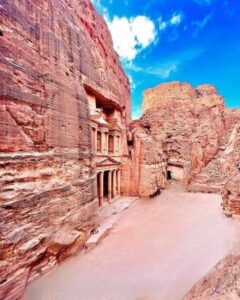
Petra was the capital of the Nabataean Kingdom. It was a major trading city where goods like spices, silk, and incense were exchanged. The city is famous for its buildings carved directly into the rock, such as the Treasury (Al-Khazneh) and the Monastery (Ad-Deir).
How Old is Petra, Jordan

Petra was built over 2,000 years ago, around the 4th century BC. It became an important center of trade and culture during the Nabataean period.
Exploring Petra, Jordan Inside
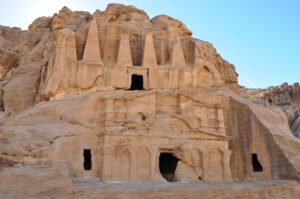
Walking through Petra feels like stepping back in time. Visitors start at the Siq, a narrow 1.2-kilometer gorge with tall cliffs on both sides. At the end of the Siq, you see the stunning Treasury. Inside Petra, you can explore many sites, such as:
- The Royal Tombs: Beautifully carved tombs for Nabataean kings and nobles.
- The Monastery: A huge and impressive structure located at the top of a mountain.
- The Great Temple: A large public area believed to be used for ceremonies.
- The High Place of Sacrifice: A sacred spot on a hill, used for religious rituals.
Petra, Jordan Map
A map of Petra helps visitors plan their journey. The main sites are connected by walking paths, but some, like the Monastery, require climbing steps. Most maps show the Siq, Treasury, Royal Tombs, and the main trails.
Why Visit Petra

- History: Petra was a thriving city and an important stop for traders in ancient times.
- Architecture: The rock-cut buildings show the skill and creativity of the Nabataeans.
- Nature: The mountains and valleys around Petra are stunning.
- Adventure: Exploring Petra’s trails and climbing to the Monastery is a fun challenge.
Petra is more than a historical site—it is a journey through time. Whether you are interested in history, culture, or nature, Petra is a place you will never forget.

